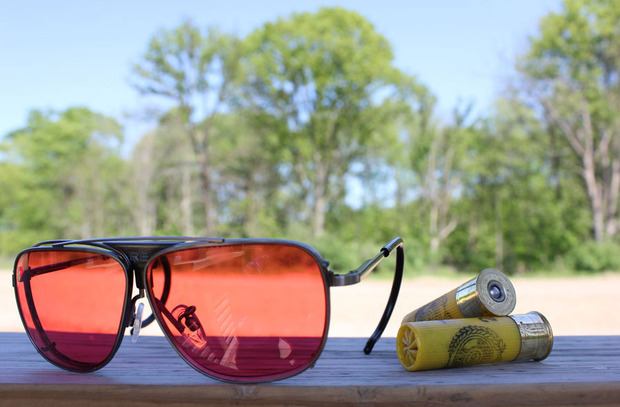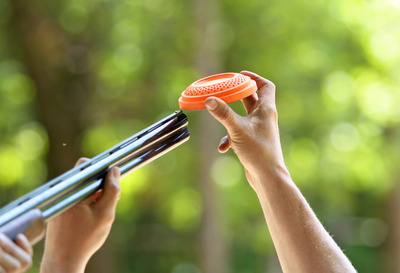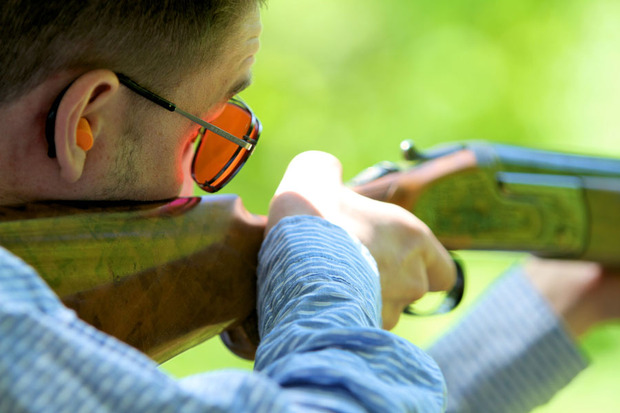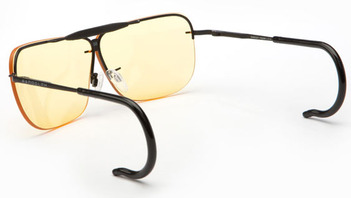Trap Shooting Tech
A colorful look at Randolph Engineering’s target enhancing eyewear


As with any outdoor activity, choosing the right equipment can mean the difference between an impressive or poor showing. In sport shooting the stakes are raised, and having the appropriate eyewear can often be as important as selecting the proper gauge of gun. No one knows the technical side of sport shooting better than Randolph Engineering—originator of the aviator sunglass silhouette and long time Armed Forces eyewear contractor. To get a better understanding of how lens color, size and shape affect shooting performance we recently had the opportunity to give Randolph’s Ranger line a test with a day of trap shooting.


The four frames in the Ranger line are all compatible with a number of color tinted lenses to increase general definition and highlight the orange clay targets by filtering out specific light rays. Like a camera shutter, the eyes’ pupil enlarges and contracts depending on light levels in the environment. So, in choosing the proper lens color one aims to let as much light into the eye as possible without squinting. This allows the pupil to decrease in size and maximizes the ability to focus on distant objects. For example, blue light rays are short and tend to bounce around the atmosphere making your environment look hazy, so wearing an amber colored lens will filter our the blue light and make your vision more defined.

When shooting orange clays against a “noisy” background like a forest, we were instructed to wear a purple or vermilion lens. These two color tinted lenses dull the greens and highlight the orange, making the clay pigeon easier to see, and subsequently easier to blast out of the sky. Whereas a darker purple lens is ideal when your pupils need extra solar protection when shooting against reflective environments like water, snow or simply a bright blue sky.


When shooting at dusk or dawn one would lean towards a pale or medium yellow lens, which enhances contrast in low light conditions and overcast skies. If you find yourself in more variable weather conditions, an orange lens is a solid all-around option for clay shooting. This blocks haze and blue light, as previously explained. As lens color dictates what light rays are rejected, lens size determines one’s available field of affected vision. The more coverage a lens has, the less likely the shooter will be forced to peer through the edge of a lens while tracking a flanking target.

While the adaptation of lens colors seems appropriate for activities like shooting, similar hue guidelines can be referenced when selecting camera filters and daily wear sunglasses as well. Aside from the Ranger Line, Randolph Engineering also makes a classic range of American-made sunglasses, including the iconic aviator and circular submarine operator inspired P-3. For more information check Randolph Engineering online and make sure check out the much anticipated collaboration with NYC’s Michael Bastian.
Images by Graham Hiemstra and Donnell Culver












